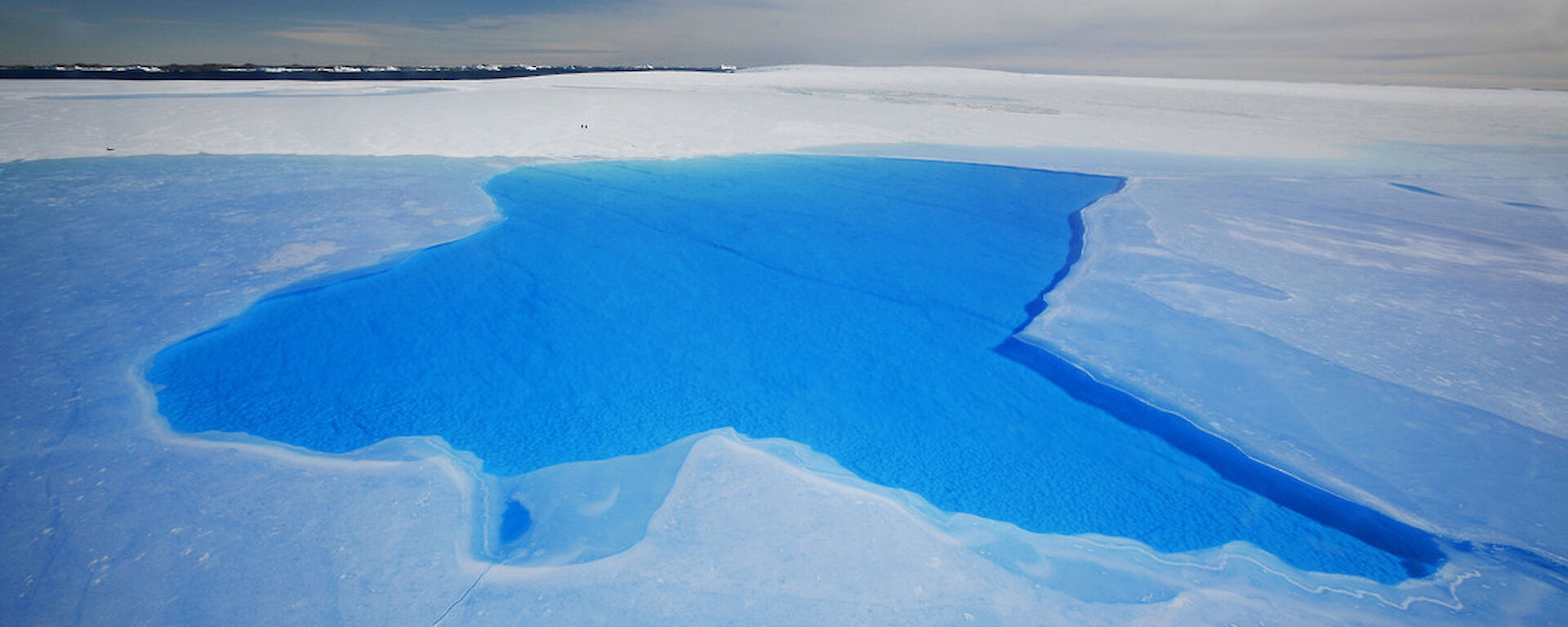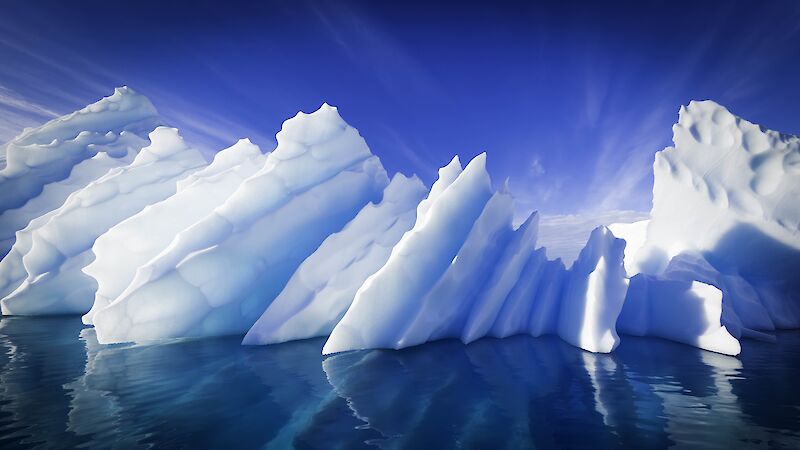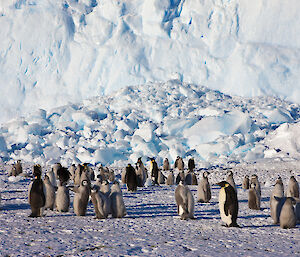The Antarctic environment is generally in good condition however it is showing clear signs of impact from climate change according to The State of the Environment 2016 Report, released today by the Department of Environment and Energy.
The chapter on the Antarctic environment co-authored by Australian Antarctic Division scientists, Dr Andrew Klekociuk and Dr Barbara Wienecke, says the rate of change varies, with some areas such as the Antarctic Peninsula changing faster than others.
The most important factors contributing to physical change are warming of the oceans and the lower atmosphere, both of which are associated with increasing greenhouse gasses, and cooling of the stratosphere, mainly from ozone depletion.
There is increasing evidence that the ozone layer is starting to recover as a direct consequence of international controls on the use of human-made ozone depleting substances.
The report says the rate at which the physical environment of the Antarctic region is changing appears faster than the rate at which organisms, especially those of the higher order, can adapt.
The composition and abundance of flora and fauna are expected to alter if the environmental change continues. Some species could be lost if they are not able to adapt.
Dr Klekociuk and Dr Wienecke say the report is an assessment of the state and trends of the Antarctic environment primarily as they relate to Australia’s interests in the region. They have distilled the opinion of experts in specific fields and where possible have used up-to-date environmental and management data collected in support of the Australian Antarctic Program.
It is largely an update of the 2011 State of the Environment report informed by peer-reviewed literature that has appeared in the last five years.
The Report’s key findings:
- Antarctica continues to warm, with changes in atmospheric circulation brought about by the Antarctic ozone hole reducing the overall amount of warming, particularly in summer.
- While the Antarctic ice sheet is losing mass overall, this is primarily occurring in West Antarctica and the Antarctic Peninsula. The East Antarctic ice sheet remains close to neutral, or with a small gain in mass.
- While there has been a small increase in the extent overall of sea ice, and length of the ice season, there are strong regional differences which remain under investigation.
- The Southern Ocean continues to warm, with species from warmer waters increasing their range southwards.
- Ocean acidification, increasing wind strength and changes in ocean circulation in the Southern Ocean may affect the base of Antarctic food webs.
- Antarctic ecosystems are changing, especially where snowfall is replaced by rain.
- Population trends of animals vary across Antarctica with populations decreasing in some regions and possibly increasing in others.
- Sub-Antarctic islands continue to change, with a continued retreat of the glaciers at Heard Island. Areas affected by human activities in Antarctica continue to increase.
The Australian Antarctic Program, led by the Australian Antarctic Division, supports science that continues to build understanding of the likely impact of changes in the Antarctic region.
The Australian Antarctic Strategy and 20 Year Action Plan, launched by the Australian Government in April 2016, outlines initiatives that will support key scientific endeavours, including a state-of-the-art icebreaker for research and resupply.




